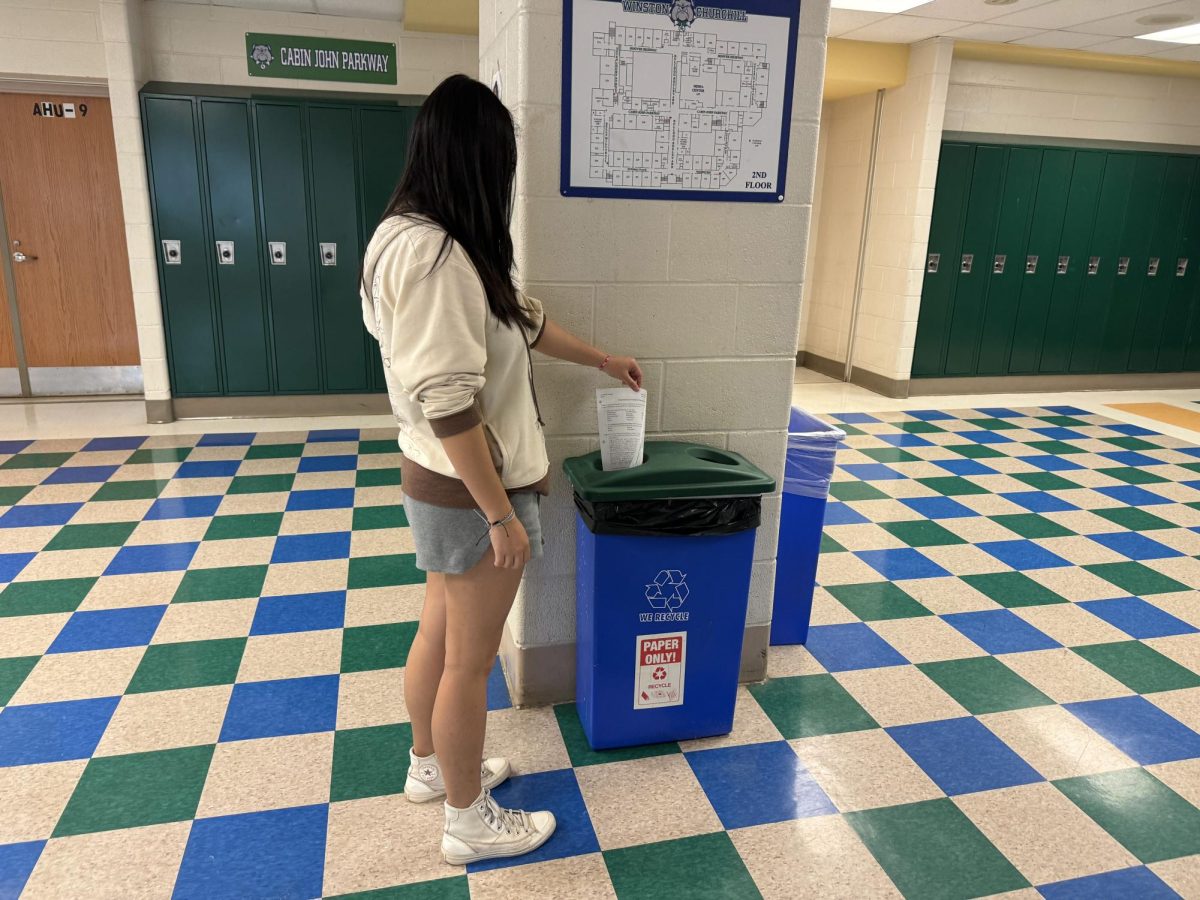The number of suspensions, especially for African-American students, has decreased at CHS after Montgomery County Public Schools (MCPS) launched an initiative to lower the amount of student suspensions countywide, with a focus on reducing the amount of minority student suspensions.
The initiative was triggered by a 2007 Maryland State Board of Education mandate which responded to disparities in suspension rates between MCPS’ minority and white students.
In 2007, MCPS had the highest percentage of racial disparity in the state for suspensions, as African-American students were suspended 7.6 percent more often than white students. MCPS has since lowered this gap by 1 percent. In total, there were 3,123 fewer suspensions, regardless of race, in the 2008-2009 school year than the previous year.
Methods to achieve this goal include limiting suspension only as a consequence to behavior that is disruptive and detrimental to the operation of the school, identifying alternatives to out-of-school suspension, and ensuring that equity targets and action plans are integrated into school improvement plans.
CHS’ suspension rates, have also decreased. In 2007, 66 students, or 14.3 percent of the student body, were suspended, while in 2008, just 35 students were suspended, accounting for 6.5 percent of students.
In the 2007-2008 school year, 22 African-Americans were suspended, whereas nine students were suspended in 2008-2009. The reduction was not as significant for white students, as suspensions dropped from 22 students during the 2007-2008 school year to 19 in the 2008-2009 school year.
According to assistant principal Edward Reed, MCPS has encouraged other methods of discipline instead of suspension, which include an emphasis on prevention and intervention strategies.
“The system has asked administrators to really visit the interventions that we have in place to help students prior to putting [themselves] in a position where they would be suspended,” Reed said. “In some cases, a suspension is not always the best discipline to change a student’s behavior.”
In spite of this reduction effort, multiple teachers, who asked to remain anonymous, remain critical of the school’s suspension practice.
“The county looks at our data, and there is an achievement gap, and many schools attribute that to [the fact] that we unfairly suspend African Americans,” one teacher said. “There is a very heavy tendency from administration that with African Americans there is a lot bigger leeway.”
The teacher does not believe that this is beneficial to the school.
“I think it’s a disservice to the teachers, the school, and [the students] themselves, because [the students] don’t know what they are doing is wrong,” the teacher said.
Recent transfer student junior Alex Jagun has noticed the difference in suspension rates.
“People get suspended a lot [at CHS] more than at my old school,” Jagun said. “Every week or so, I hear about someone getting suspended, because of getting into fights or the whole hacking thing. It’s usually white kids that get suspended. I haven’t heard of any black kids getting suspended, but that’s probably because there are less black kids than white kids at this school.”







